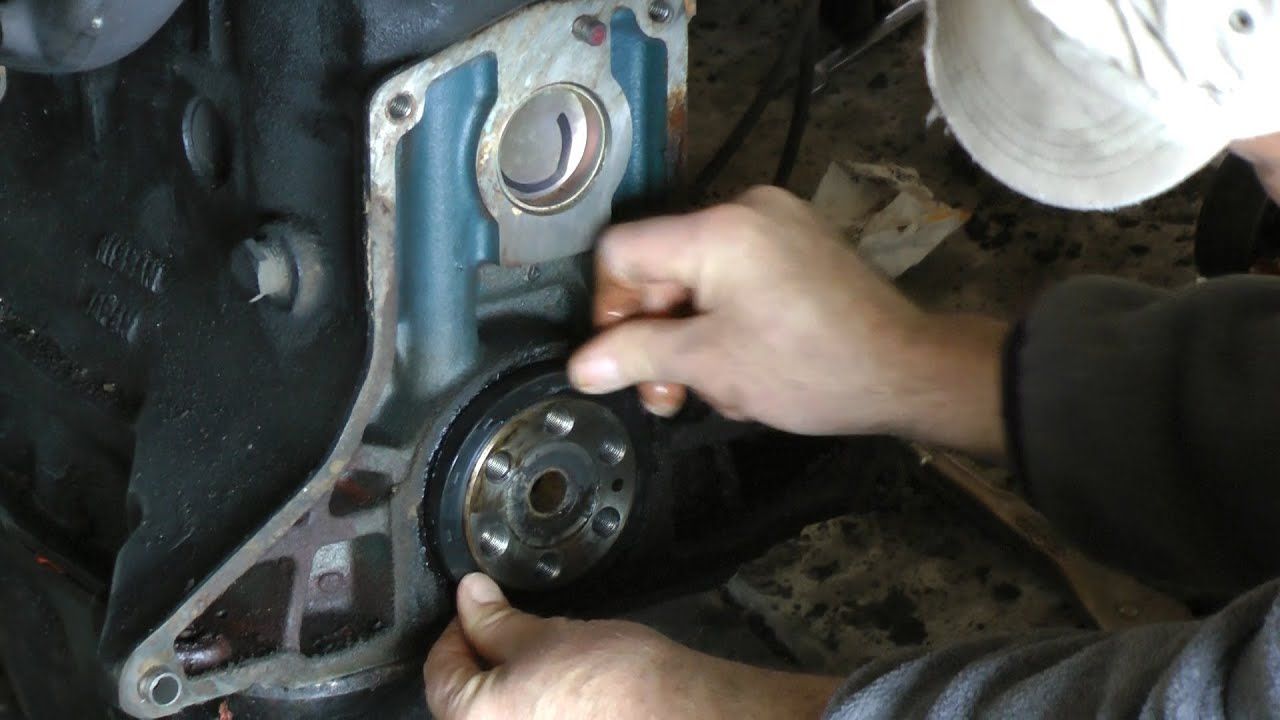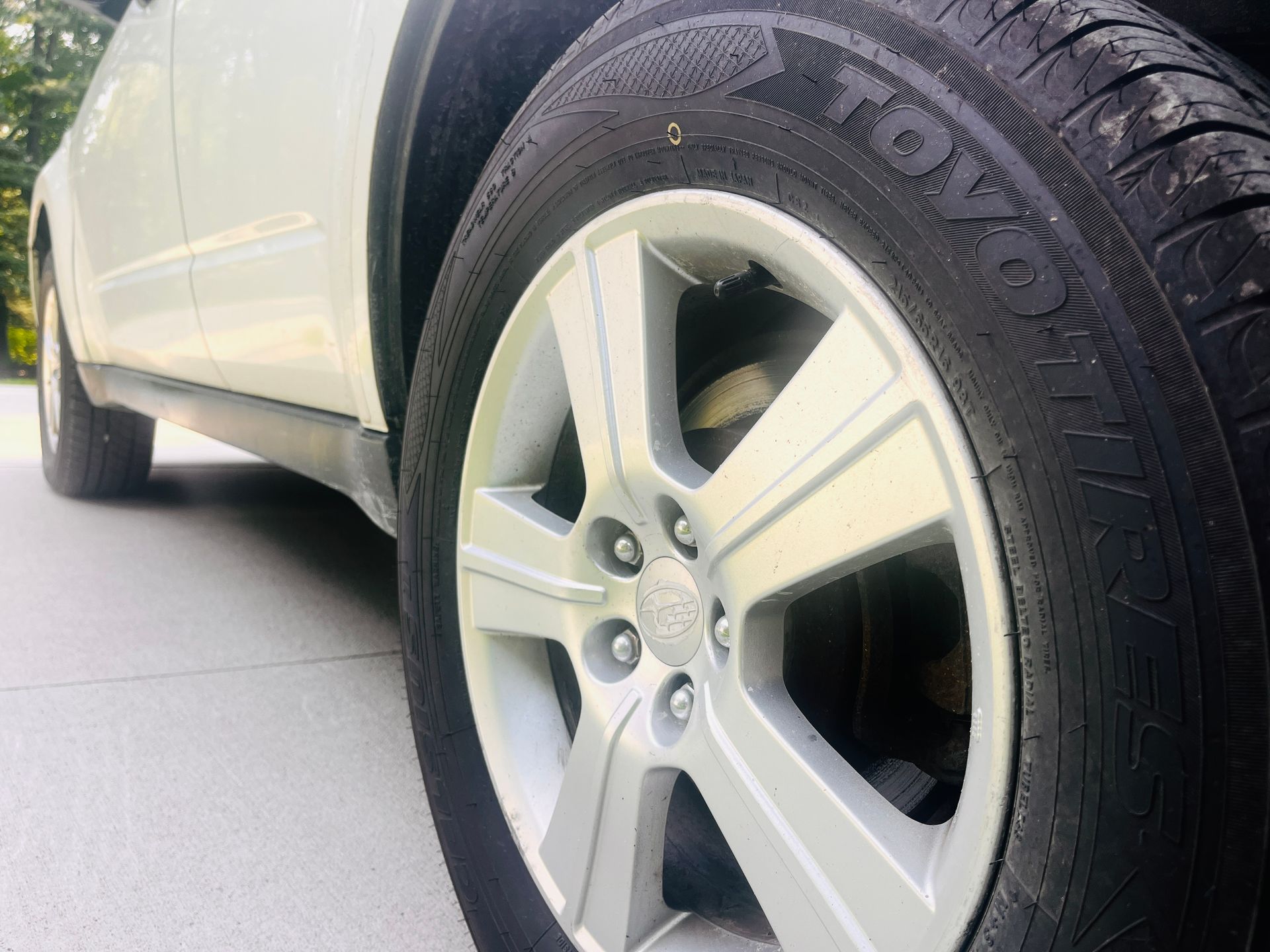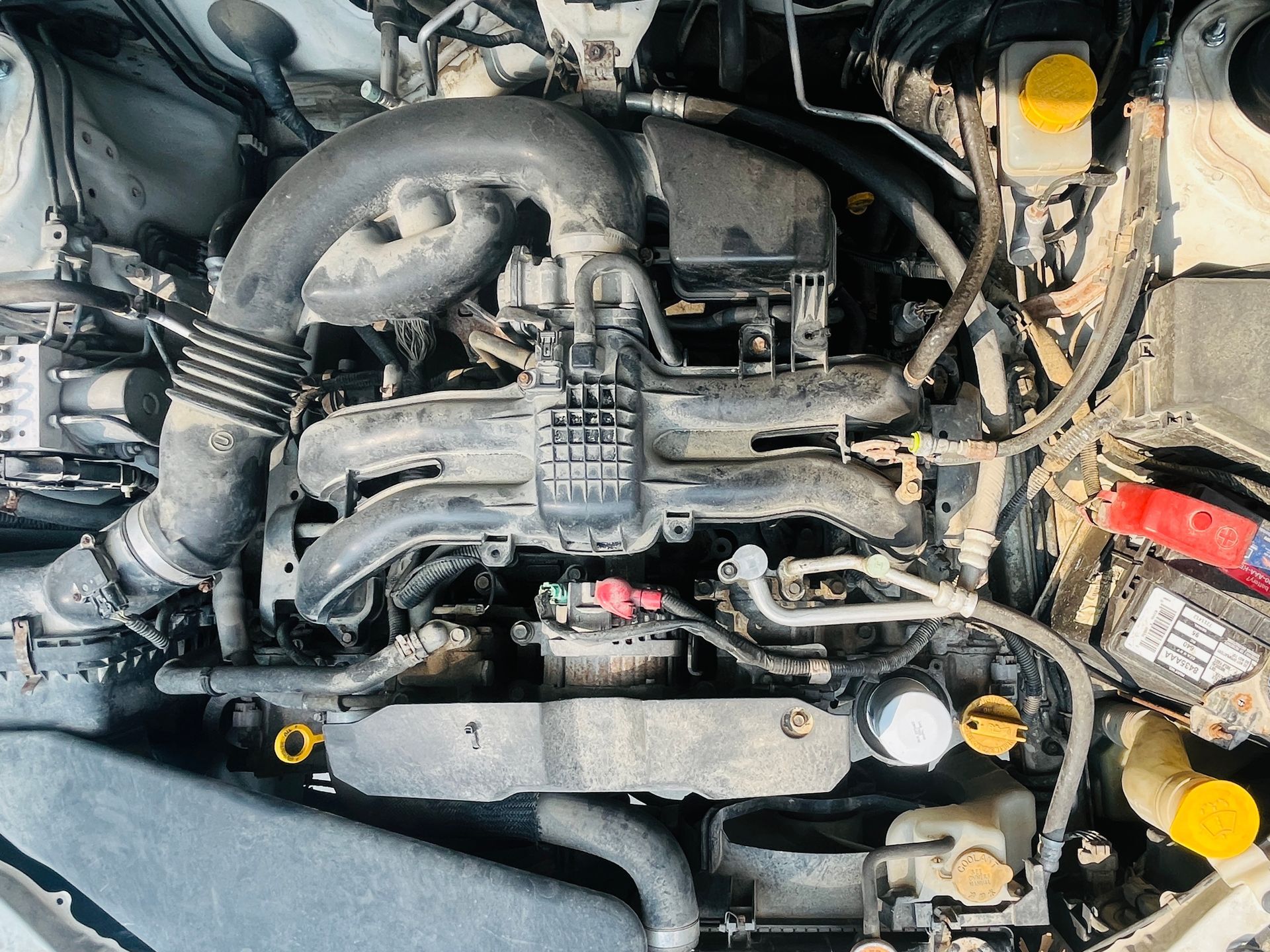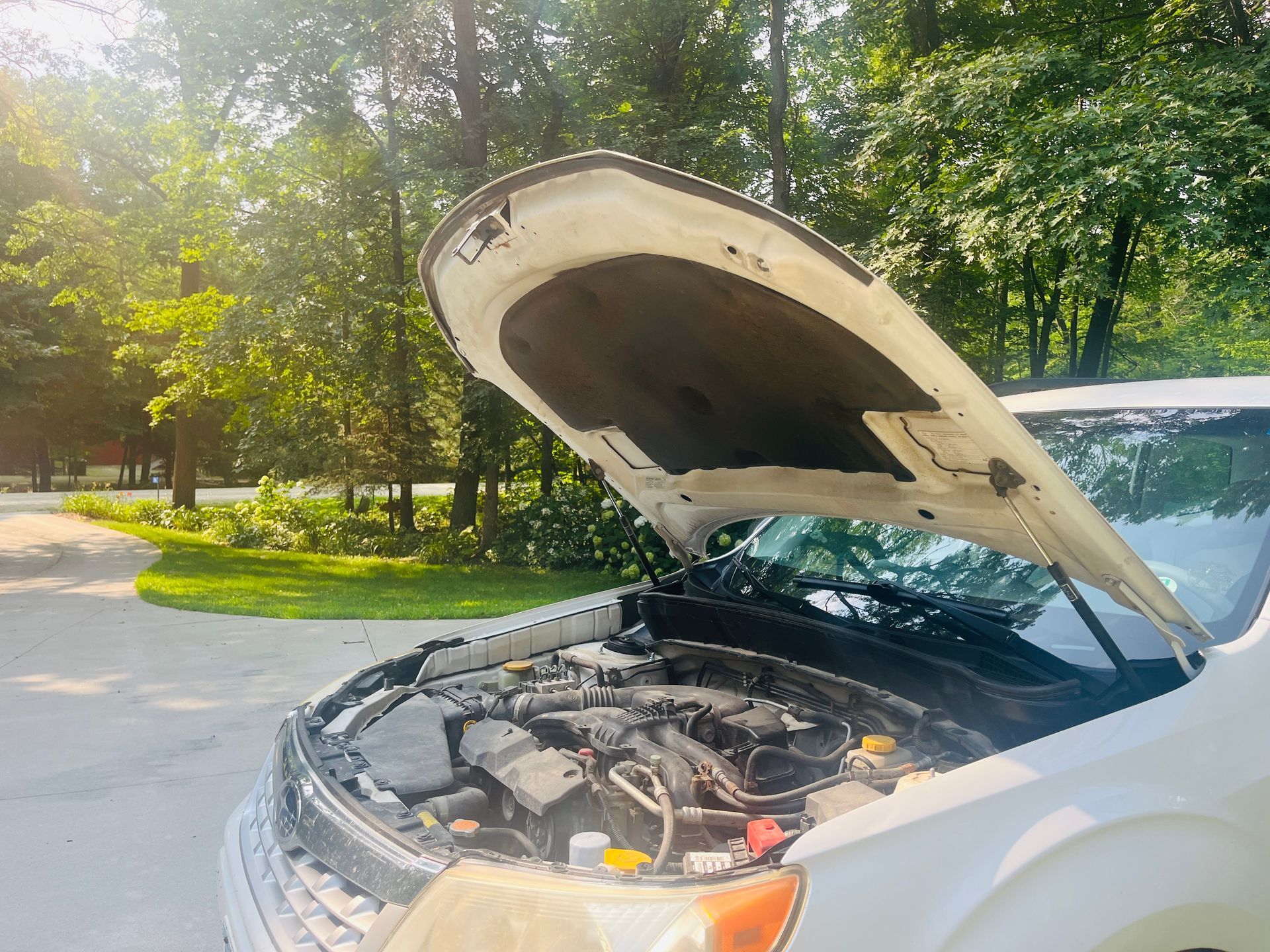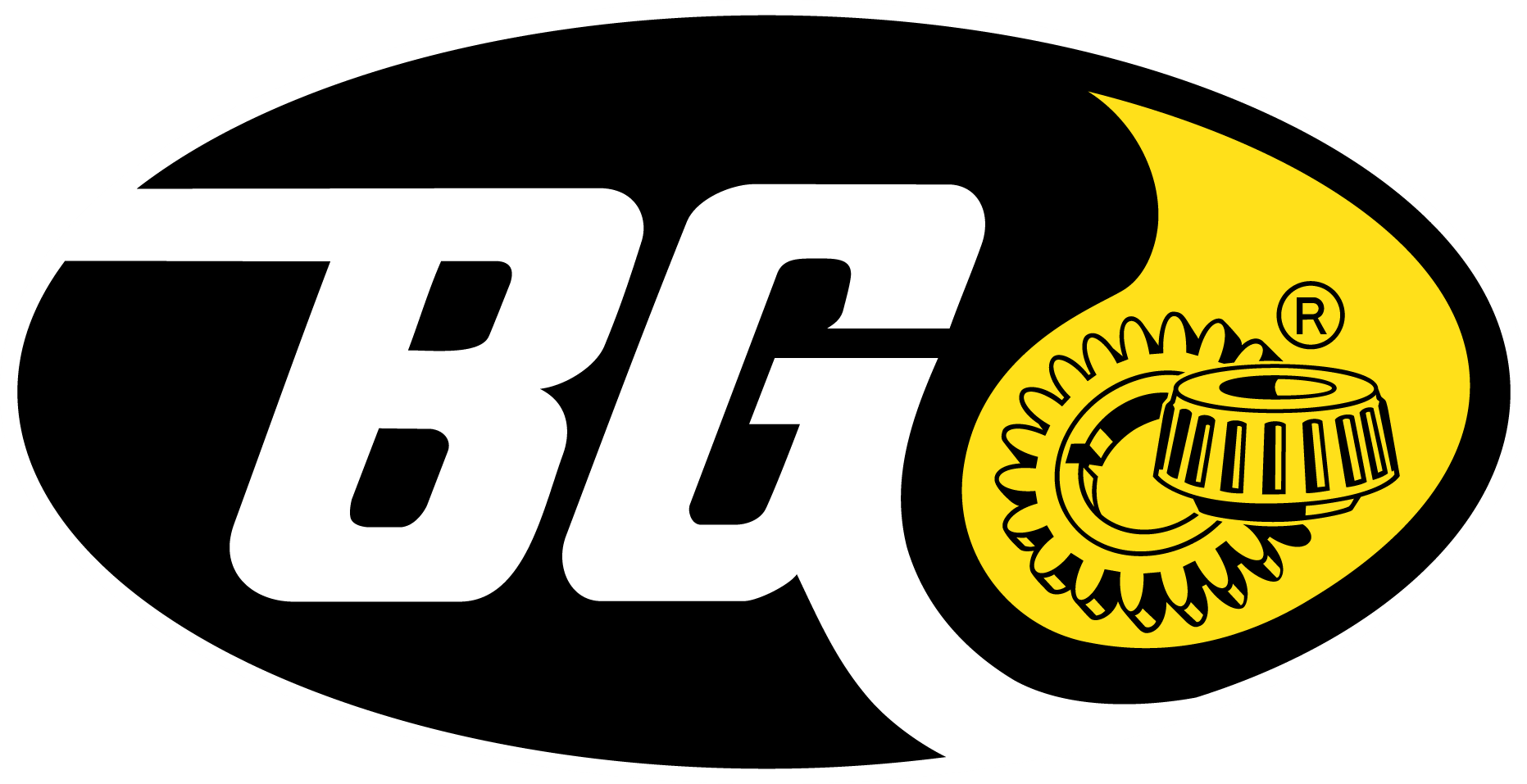Call us: (507) 226-8330
Your transmission needs clean fluid
April 4, 2013
Are you all flushed out? Or, are you ready to take in a couple more of my articles on the important fluids and flushes your vehicle needs to stay healthy? I am excited to teach you about another important system in your vehicle - the transmission - and how to keep it healthy and happy.
THE BASICS OF THE TRANNY
The transmission of your vehicle contains a giant gear system that allows power to be sent from the engine to the drive axles. It uses gears and a clutch to convert the speed of the power source into torque. There are two types of automobile transmissions: manual (or stick shift) and automatic. Which kind do you own?
Do you know how to drive a manual? As a teenager, I was "forced" to learn how. I remember being irritated at the time but now I am so glad I learned! It's so much fun to feel the power of manually changing the gears of the transmission. If you see me zipping around in my red Jeep Wrangler, I'll have a smile on my face with excitement of the pleasure of driving such a fun ride - and doing it manually! If you haven't yet learned, you are missing out. I encourage you to give it a whirl!
No matter which vehicle you drive, manual or automatic, they both accomplish the same function in turning the engine speed, or revolutions per minute, into torque. This power is then transferred to the drive axles of your vehicle. Manual transmissions use manually operated clutches, gear shifts and linkages. Transmission fluid certainly has an important job in a manual tranny as it keeps everything throughout the entire system lubricated and functioning well. But the tranny fluid in an automatic transmission has many jobs.
HYDRAULIC POWER
Fluid in an automatic transmission provides hydraulic power to perform basic functions such as gear changing and transmission engagement/disengagement. This was a bit confusing to me so I went to the master of vehicles at our shop, Cas, and asked him to explain it to me.
He illustrates this power like this: Picture two fans - if one is on and is pointed at one that is off, the air from fan number one will turn the blades in fan number two. Likewise, in a vehicle, inside the torque converter, there are two "fans." The first "fan" is on and is simply powered by the engine. The second "fan" needs to be on in order to turn the internal gears of the transmission. These two "fans" do not touch at all - it is the fluid between them, using hydraulic power, that turns the second "fan" on which then automatically powers the rest of the system.
LUBRICATES AND COOLS
Transmission fluid is a highly specialized oil, optimized for the special requirements of the transmission. Typically, the fluid is red in color. Most contain some combination of additives that improve lubrication, such as anti-wear additives, rust and corrosion inhibitors, detergents and more. As transmission fluid flows throughout the transmission, it lubricates the gears and bands to keep everything functioning smoothly. Heat and friction are produced within the transmission and torque converter as your vehicle is running. The transmission fluid maintains healthy temperatures within the system, thereby increasing the life of your transmission.
FILTER
Just like many other fluid systems in your vehicle, the transmission also has a fluid filter. In most vehicles, this filter is located outside of the transmission which makes it more easily accessible if replacement is needed/recommended. It is important that you check your owner's manual to know if/when your manufacturer recommends this maintenance service. Typically, the need to change this filter is greatly reduced if you are maintaining your vehicle with regular transmission flushes.
FILL and FLUSH
Transmissions are designed to last a long time. But like any other machine, they will eventually wear out and need repair. What can you do to keep it as healthy as possible? You can make sure the proper amount of fluid is in your transmission and you can get regular flushes.
When there is not enough fluid, the transmission will run hotter and wear out more quickly. Also, your transmission will be unable to shift properly. How do you know if the level is low? Be observant. If you notice transmission fluid on your garage floor or driveway, take your vehicle to your auto-home for inspection. A gasket, hose or seal could be leaking and may need to be repaired. Additionally, if you take your vehicle to a quality auto shop for regular oil changes, the transmission fluid level is checked with the courtesy inspection.
What about a flush? Do you wait until your auto-home tells you that you need a transmission flush? Or, do you do it regularly on your maintenance schedule? It is certainly recommended that this service be performed at regular intervals based on manufacturer recommendations. In fact, if your vehicle is still in a warranty period and you are not getting transmission flushes based on that schedule, they may deny future warranty claims.
Clean fluid with the proper additives is crucial to the health of your transmission - now and for years to come. Why is this so important? As you can imagine, all those gears grinding on each other results in lots of little bits of metal in the fluid. The more there is, the faster the transmission parts wear out. Also, the additives that protect your transmission are depleted over time or break down due to the heat created by the process within the torque converter. The transmission fluid needs to be replaced or flushed on a regular basis.
Must you get the fluid flushed at the dealership? No. Most independent repair shops offer this service. They are privy to what your particular vehicle needs. Going to them will not void warranties … but may save you money.
April is National Car Care Month! Celebrate with vehicle maintenance! The better you maintain your vehicle, the healthier and more efficient it will be. It will also last longer. All of that saves you money. It's as simple as that.

